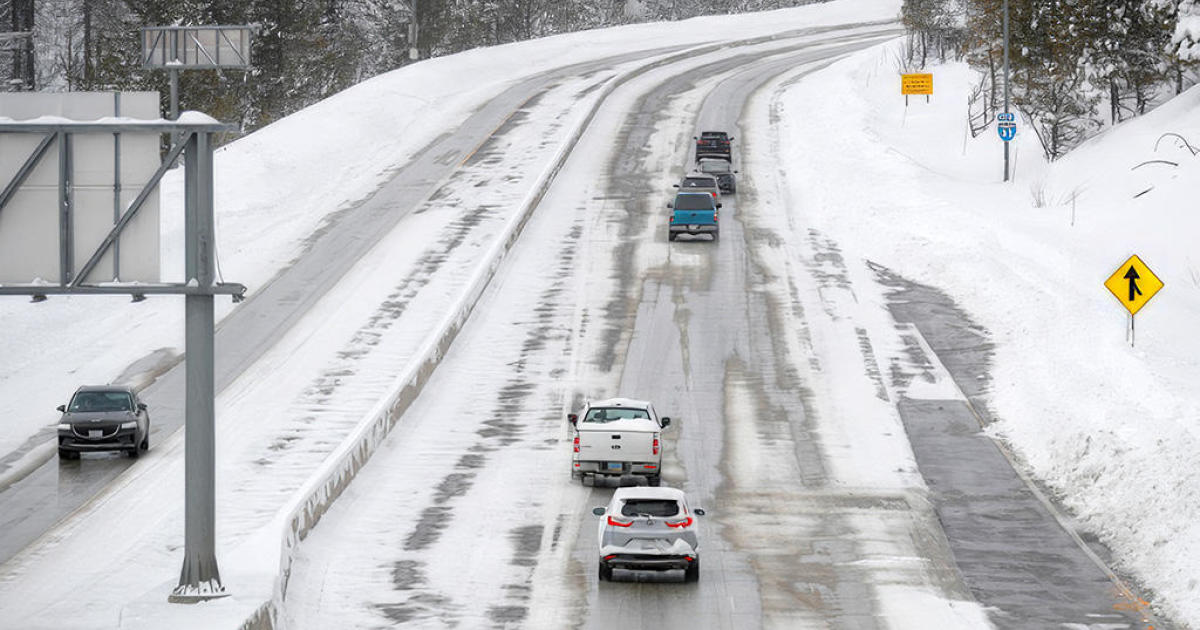Reopening: Napa Health Officials Set To Reimpose COVID-19 Restrictions
NAPA (CBS SF) -- In all of the San Francisco Bay Area, Napa County has been the most aggressive at easing COVID-19 restrictions, but a sudden rise on new cases has officials rethinking that strategy.
County officials reported on Monday that there had been 60 new cases over the past 72 hours for a total of 291 active cases among local residents. Since the outbreak began, Napa County has had 436 confirmed cases of COVID-19 and four confirmed deaths.
In reaction to the sudden surge, officials said they were considering reimposing several restrictions on Thursday. Those would include closing down restaurant indoor dining, indoor winery tasting rooms, movie theaters, museums, card rooms and indoor entertainment venues.
If they take the action, officials said those closures would remain in place for the rest of the month. Napa officials are trying to avoid being placed on Gov. Gavin Newsom's COVID-19 county watch list.
While Newsom likes to talk about a toggle or a dimmer switch in reference to the state's reopening schedule, for many businesses, re-opening or re-closing isn't as easy as flipping a switch.
"No, it's not easy to just gear up again," explained Gayle Keller of Hydro Grill in Calistoga. "It was a process of starting a very core sort of menu."
Gearing up to open wasn't easy. Now Keller is scrambling to close her dine-in operation.
"We are among the many, many restaurants who do not have an outdoor space," Keller said. "We always joke about the fact that we have what we call 'patio envy.'"
Wineries, often with more space, have more options.
"Our guests have been telling us, 'We'd rather be outside,'" said Tom Davies, President of V. Sattui Winery. "As a consumer, I like to be outside as well. So it just made sense."
Davies spent thousands of dollars on plastic dividers for his tasting rooms. But seeing recent headlines, he figured his operation might be moving back outside.
"Well we've been watching the news just like everybody else has been," Davies said. "We've seen where our neighbors in other counties have had to roll back."
Davies says his concern is another disruption for the Napa business ecosystem as a whole.
"We do have to be in sync," said Davies. "So if we shut down one aspect of that, and then another aspect opens, it gets messed up."
The backstep is certainly a mess for those who can't move outside, like restaurants that will now have to eat the cost of freezers full of food..
"Three weeks is no small amount of time," Keller said. "I just checked with the chef to find out how many dozen oysters we still have to go through. Because that's not something that's going to last for very long."
Another group that will be heavily impacted by the rollback is staff at restaurants. Many returned to work as an act of faith that they would be able to make more on the job than they would drawing unemployment. Now they are left wondering when they'll be able to work again after some restaurants close down again Thursday.
Currently, Contra Costa, Marin and Solano are the only Bay Area counties on the watch list. Newsom requires counties on the list for three consecutive days to close various indoor business activities for a minimum of three weeks.
"The County must comply with State-required metrics and failure to meet these metrics will result in actions by the State of California to restrict activities in Napa County," county Supervisor Diane Dillon said in the statement.
"It is critical that the community continue to follow best practices including wearing a face covering, staying within your household bubble, maintaining a physical distance of at least six feet from those not in your household, and avoiding parties and gatherings," she added. "If Napa County cannot improve its metrics, we will likely be subject to an extended closure and additional measures."



